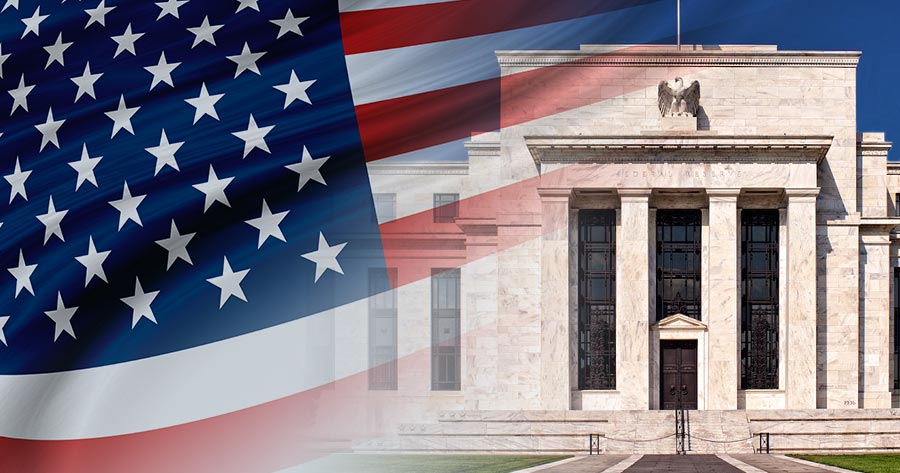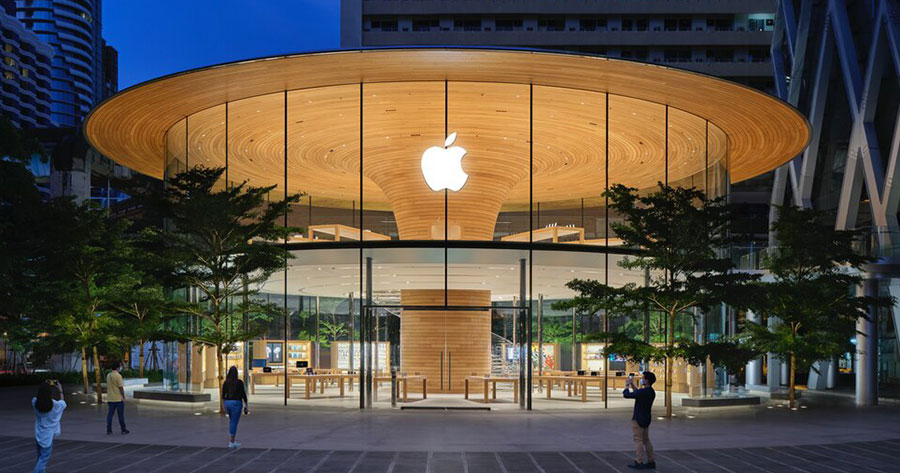Fed officials, including Governor Adriana Kugler and St. Louis Fed President Alberto Musalem, emphasized the importance of substantial evidence of easing inflation before considering a rate cut.
Kugler mentioned that a rate reduction may be appropriate “sometime later this year” if economic conditions unfold as anticipated, while Musalem highlighted that it could take “quarters” for the data to warrant a cut.
Despite the absence of a specific timeline for a rate adjustment, New York’s John Williams and Richmond’s Thomas Barkin underlined the crucial role of economic data in shaping future policy decisions.
The Fed officials have maintained high borrowing costs for nearly a year and do not appear rushed to lower rates. The recent inflation rebound in the first quarter of this year caught policymakers off guard after a swift moderation in price pressures in the second half of 2023.
While recent inflation figures have shown positive signs, Fed officials remain cautious. Boston Fed President Susan Collins reiterated the importance of avoiding overreaction to short-term promising news.
Despite the median forecast expecting only one rate cut, several officials projected no rate cuts in 2024 in the recent quarterly forecasts, emphasizing the need to observe sustained favorable inflation, moderated demand, and increased supply before considering a reduction in the federal funds rate target range. Musalem highlighted that such conditions could take several months or even quarters to materialize.
Recent economic reports have provided mixed signals for the economy, with consumer spending moderating despite robust employment growth and a cooling of inflation following an unexpected surge in the first quarter.
Data released Tuesday showed a minimal increase in US retail sales in May, while payroll numbers for the month saw a significant surge. Kugler expressed confidence in the current monetary policy stance, noting its potential to cool the economy and steer inflation back towards the 2% target without causing a sharp economic contraction.





